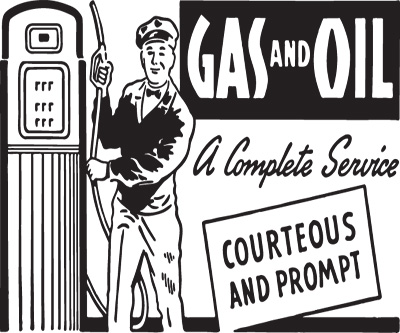
The price oil sands producers receive for their crude improved to $30.75 a barrel below the international benchmark on Friday, a 42% gain from multi-year lows hit six weeks ago.
The better price came as the discount of Canadian to US crude was slashed by more than half.
The difference in price of a barrel of Western Canada Select – a blend of heavy oil sands crude and conventional oil – to US benchmark crude in the form of Nymex West Texas Intermediate (WTI) was $15.85 on Friday compared a whopping $35.75 discount on March 9, 2012.
The last time the gap between Canadian and US crude was below $16 was in December, although it’s still way below the $8.00 discount Alberta’s oil patch enjoyed in September.
WTI was quoted at $104.90 in Friday afternoon trade after four days of gains and at the same time the spread between US oil futures and the global oil price also tightened.
International benchmark crude oil futures, North Sea Brent, settled at $119.80 in Europe on Friday, marking a $14.90 premium against US oil.
Historically WTI always traded at a premium to Brent, but has steadily declined since the Saudis dropped the WTI contract as their benchmark in 2009. WTI first dropped below Brent at the start of last year and reached a record margin of $26.87 below in early September 2011.
The discount for Syncrude, a light oil made from oil sands after undergoing an expensive upgrading process, has also improved dramatically since the March slump to only $1.25 below WTI.
In February and early March it dropped to a record of more than $20 below US crude. In July last year Syncrude attracted a premium of $18 on the back of a temporary supply shortage.
Alberta production is set to more than double to 3.7 million barrels per day by 2025 out of a total of 4.7 million for the whole of Canada.
99% of Canada’s current crude exports of 2 million barrels per day end up in the US.